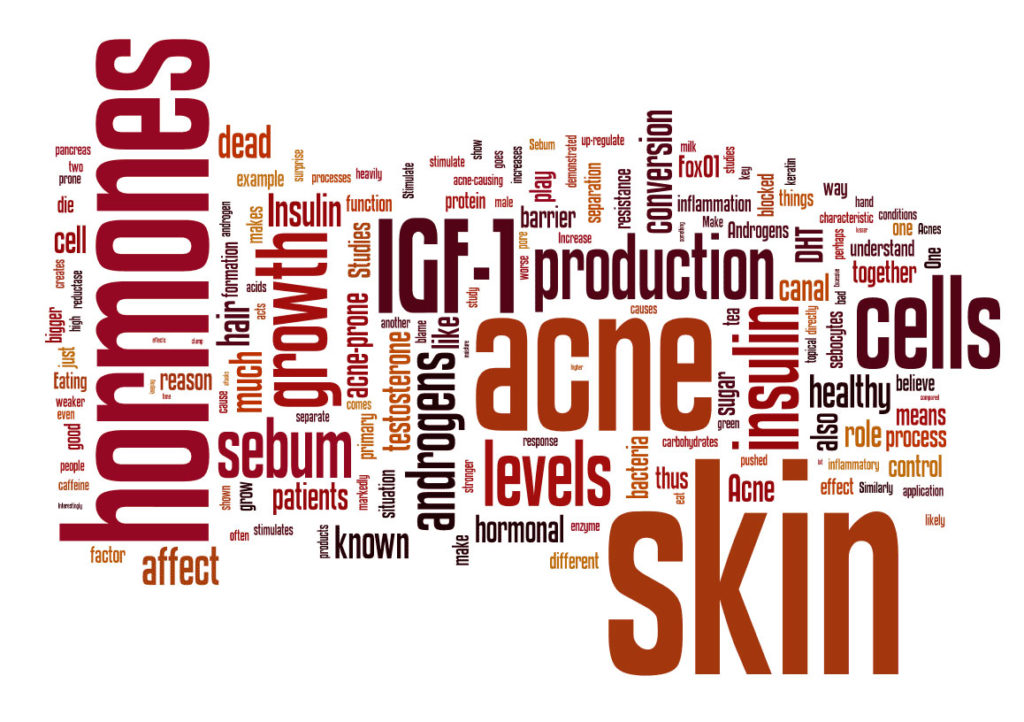The vaginal biome…the vaginal what? you might say…We have heard all the talk for years about the gut biome, healing your gut, and how your gut is essential for your overall well-being but did you know that the vagina, yes that’s right the Va- J-J…also needs some TLC in this area too.
Hellooo everyone. Welcome back to our podcast, Health Geek Gals, talking anything and everything, and I mean really everything, about health and wellness from a holistic perspective.
I am Dr Kathleen, classic health geek, Doctor of functional/naturopathic health and Director of Dr Kathleen & Team Global Consulting. We offer a holistic approach to health care to address biological/mind/body/nutrition/and functional movement naturally, so we share our insights on topics from all of these perspectives through virtual consultation and functional pathology testing.
Do you or someone you know seem to feel stuck in a hamster wheel of antibiotics and antifungals down below, with no end in sight? Maybe the symptoms disappear for a while, then they rear their ugly symptoms once again? Perhaps you have a persistent HPV, candida, and the list goes on about what our poor vaginas must go through. And yet, we are uncomfortable talking about it, embarrassed by it, and it can have a significant impact on how we feel about ourselves and even our relationships affecting intimacy.
Well, today we’re going to talk about why recalibrating your vaginal biome naturally could be a way to break free from the burning, itching and discomfort of down below.
Of course, I’m not suggesting you break up with your gynaecologist or GP as these are vital contacts for your health, and if your symptoms worsen you should always seek medical attention.
If you feel like you have been on the same track for some time and it’s not improving, why not try something new?
Let’s Geek it Out, People….
Like our guts, our vaginas contain billions of bacteria, which quite happily live in an ecosystem that is quite acidic. This is mainly due to the presence of Lactobacillus-friendly bacteria that make it this way. Although, interestingly, some ethnic groups have no or low levels of this species and still have healthy vaginas. There is still so much to be learned about the vaginal biome.
So typically, when a person has a high level of this friendly Lacto bacteria, they can manage a healthy acid PH which helps to ward off bugs, like bacteria and yeasts that can grow out of control, leading to burning and itching and irritation and in some cases lead to Bacterial vaginosis, which affects millions of people worldwide, and can lead to serious infertility due to pelvic inflammatory infections and more. When our vaginal biome or the healthy bacteria is low and the less favourable bacteria or yeasts become dominant, this is called vaginal dysbiosis.
Generally, when this happens, if it is minor, sometimes the dysbiosis goes away on its own, but at other times needs medical attention as it is persistent, and symptoms worsen. This is when the antibiotic or antifungal is provided, and for some, this takes care of the symptoms. But have you noticed that at times
it will reoccur, just when you thought you were rid of it finally? Back on the antibiotics or antifungals once again, hoping this time it will take care of it once and for all. And then it comes again.
So, what’s the deal with the reoccurrence? Well, the vagina is complex and there can be multiple contributing factors to the misery, I’m going to highlight some areas that are perhaps not discussed very often to help shed some light on the subject.
-Biofilms…bio what? These are little protective clever safeguards that the candida and bacteria make to try to win their wars inside. A person can develop resistance to standard treatments, due to the persistence of the biofilms of these little buggers. There is some research around this for future treatments to see what will break down the biofilms, but for now, in the functional health field, we prefer to use probiotics, as these can eat away at the biofilms. We’ll discuss which ones a bit later here.
-Hormonal changes: did you know that when you are on the pill, you are at greater risk of dysbiosis, and also at the time of pregnancy and breastfeeding, when you have your period as the PH of the vagina changes, and especially at the time of perimenopause and menopause, in which fluctuating estrogen levels affect the production of lactobacilli…remember these are the good bacteria that are typically meant to predominate in the vagina to keep the biome healthy. So, if you feel your hormones are changing, you’re in your 40s or 50s, and it seems that your vajayjay is so sensitive as of late (in a bad way), maybe it’s time to review your hormonal health to get back in balance. This can also be a part of PCOS due to insulin issues which affect the delicate balance of the vagina. In our practice, we offer the DUTCH Complete urine profile, virtually to our global clients, to understand not only your total hormone levels but also your metabolites (how they break down) and address these imbalances naturally with high-quality supplementation, dietary and lifestyle changes.
-Sex: did you know that the PH of sperm is different from the vagina and can alkalise our vagina and create dysbiosis? Oral sex can dramatically change the vaginal biome as well. This is particularly an issue I find in perimenopause and menopause when there is vaginal dryness due to decreasing oestrogen levels predisposing to vulnerability. Therefore, a PH-balanced lubricant is essential. Yes, organic water-based lubricant is a great choice. Also, it’s important to pee after sex, clean the area with warm water and dry it after any sexual activities. And always wipe from front to back when going number 2, it’s astonishing how many people don’t get this right!
-Gut Health: there seems to be some understanding now around the gut/vaginal connection, not to say that gut dysbiosis has been found to be conclusively linked to vaginal dysbiosis, but we find that if a person has gut dysbiosis, as the entries to the digestive tract and vagina are so close together, you can have transference of gut bacteria to the vagina. And of course, when we have a healthy gut we have a healthier immune system overall, so this in essence may help strengthen our defences in our vagina too. We know that sugar in foods and sugar and yeast in many alcohols can make the situation even more challenging to overcome, so investigate where your extra sugars are coming from if this is an issue for you.
-Mould exposure: this seems to be a bit of an unusual one to include, but when you are exposed to mycotoxins which are released from moulds hidden in the walls, your immune system becomes suppressed, which can make you vulnerable to vaginal infections and even more serious health conditions. So, ensure you test your home for moulds, and search in closets, behind headboards, under the bed, and under the bedside tables to be sure you aren’t being exposed.
When a person books in to see us at Dr Kathleen & Team Global Consulting with vaginal issues, first, we want to be sure that they’ve been checked out by their medical doctor or gynaecologist. Sometimes, what can feel like some itch or irritation could be an STI or STD, which needs to be addressed with medical intervention and is critical to do so. Also, some infections are too advanced to be addressed naturally, all the work of your doctor here.
But when all those checks have been done and you want to be proactive about a vaginal biome reset as I like to call it, this is what I would recommend:
A combination of oral and intravaginal probiotics. Remember to look for the L’s. Look for one that contains at least Lactobacillus reuteri and Lactobacillus rhamnosus, as these are very friendly for vaginal health. Emerging research is also highlighting the potential significance of Lactobacillus crispatus for promoting healthy vaginal flora.
I love the use of Lactulose, which is a simple liquid you can purchase from your pharmacy, normally taken orally for constipation, but if you get a plastic syringe (no need involved) and draw up 5 mls of Lactulose and insert intravaginally, alternating with the probiotic intravaginally and taking the probiotic orally as well for three weeks, along with avoiding any sex during this entire time, this can potentially help to rebuild the healthy flora in the vagina.
Some practitioners also recommend for bacteria overgrowths when minor to use garlic in supplement form 500mg twice daily orally for a week, as this has been shown in a study in Iran where herbal supplements are becoming increasingly popular to be similar in effectiveness to a common antibacterial standard treatment. Others recommended, including the CDC in the States, that boric acid can be used as an intravaginal suppository.
Don’t forget to get checked out by your doctor if your symptoms persist or worsen.
In terms of diet, ensure you eat lots of whole foods (avoid things that come in boxes) with lots of variety of fruits and vegetables- veggies are more than you think you need, like half a plate per main meal 3 x daily (I eat a salad with my eggs every day for breakfast). And include fermented foods like kefir, yoghurt, kimchi and sauerkraut which contain natural lactobacillus. Avoid alcohol and white and brown sugars.
Lastly, did you know that there is a very cool self-test now for an intravaginal swab to provide a comprehensive profile of your vaginal biome? We offer this through the practice.

Director of Dr Kathleen & Team
Functional/Naturopathic Practitioner
Go ahead and share what has worked for you to have a happy vagina- the more we talk about it the more power to us, or maybe you would like to get your vaginal biome or hormones tested with us, get in touch with us on Instagram, Facebook and TikTok or contact us through our website: www.drkathleen.co.nz.
Join us next time to continue to Geek out with us! Yours in health, Dr Kathleen of Dr Kathleen & Team



